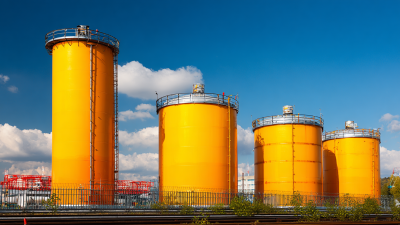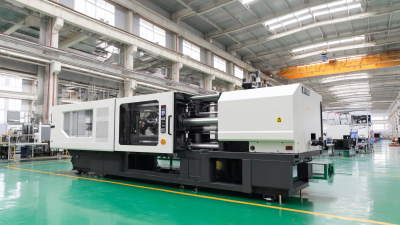Choosing the right water storage tanks is a crucial decision that can significantly impact water management efficiency and sustainability in both residential and commercial applications. According to a report by Market Research Future, the global water storage tank market is projected to reach a value of USD 7.7 billion by 2023, growing at a CAGR of 5.6% from 2018 to 2023. With increasing water scarcity issues and the rising need for efficient water conservation strategies, selecting the appropriate storage tank becomes essential. It is imperative to consider factors such as material type, capacity, and installation site to ensure optimal performance and longevity. This guide will explore essential considerations and help you navigate the variety of options available, empowering you to make informed decisions tailored to your specific water storage needs.
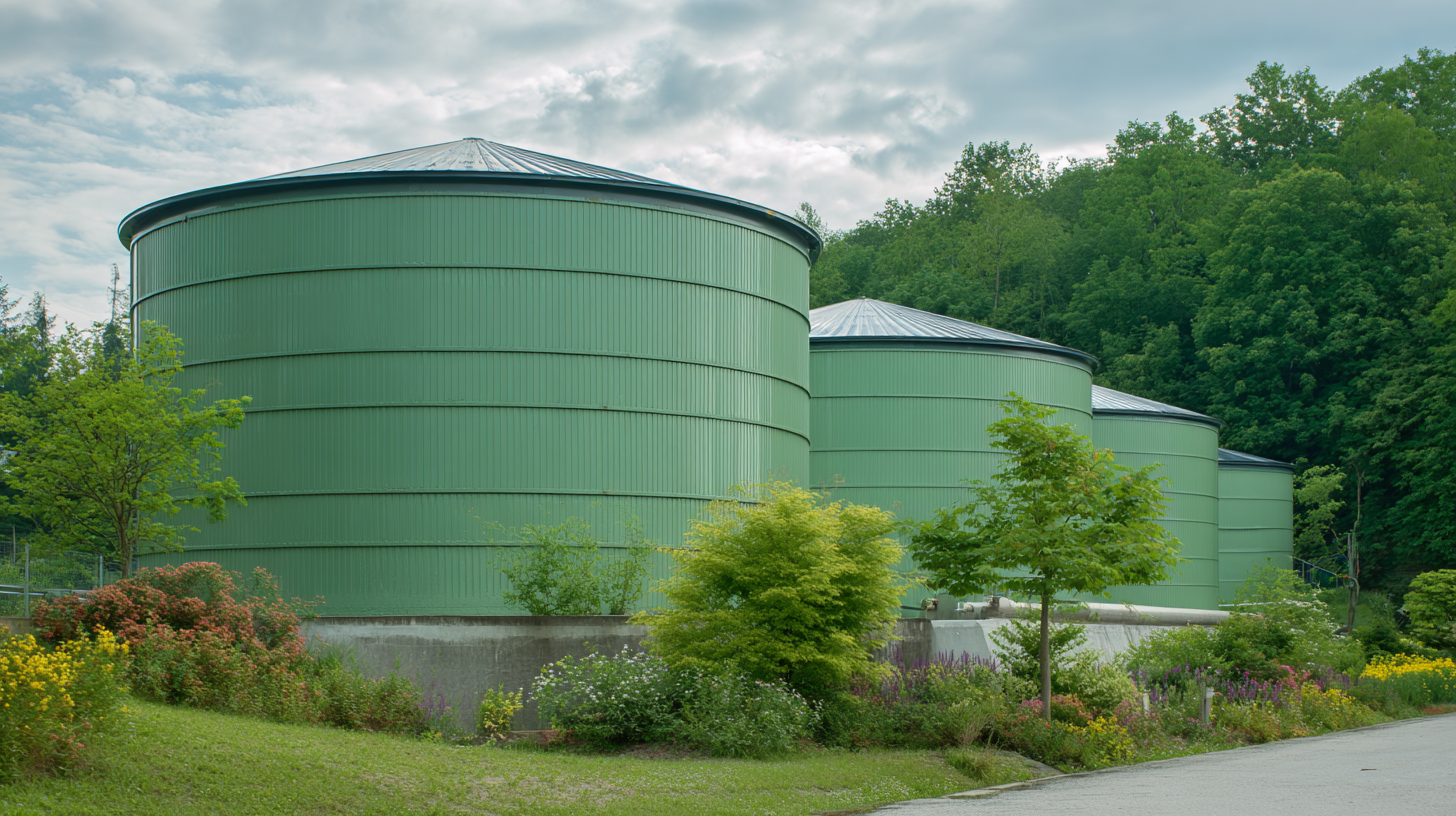
Choosing the right water storage tank involves understanding your specific water needs and requirements, which can significantly influence the tank's size, material, and design. First, assess how much water you typically use daily. Consider your household size, the number of activities that consume water, and whether you need the tank for potable water or irrigation purposes. This evaluation will help determine the capacity of the tank you need.
Tip: If you have a large household or a diverse range of water uses, consider investing in a larger capacity tank. It's often more cost-effective and convenient over time, especially in areas prone to drought or water shortages.
Additionally, think about the placement and accessibility of the tank. Is the location easy to access for maintenance and refilling? Will it be exposed to extreme weather conditions? The tank's material, whether it's plastic, fiberglass, or metal, will also affect its durability and insulation properties, which are vital for preserving water quality.
Tip: Opt for insulated tanks if you live in a region with fluctuating temperatures to prevent water from freezing or overheating. Remember, the right placement and material can enhance the longevity and performance of your water storage solution.
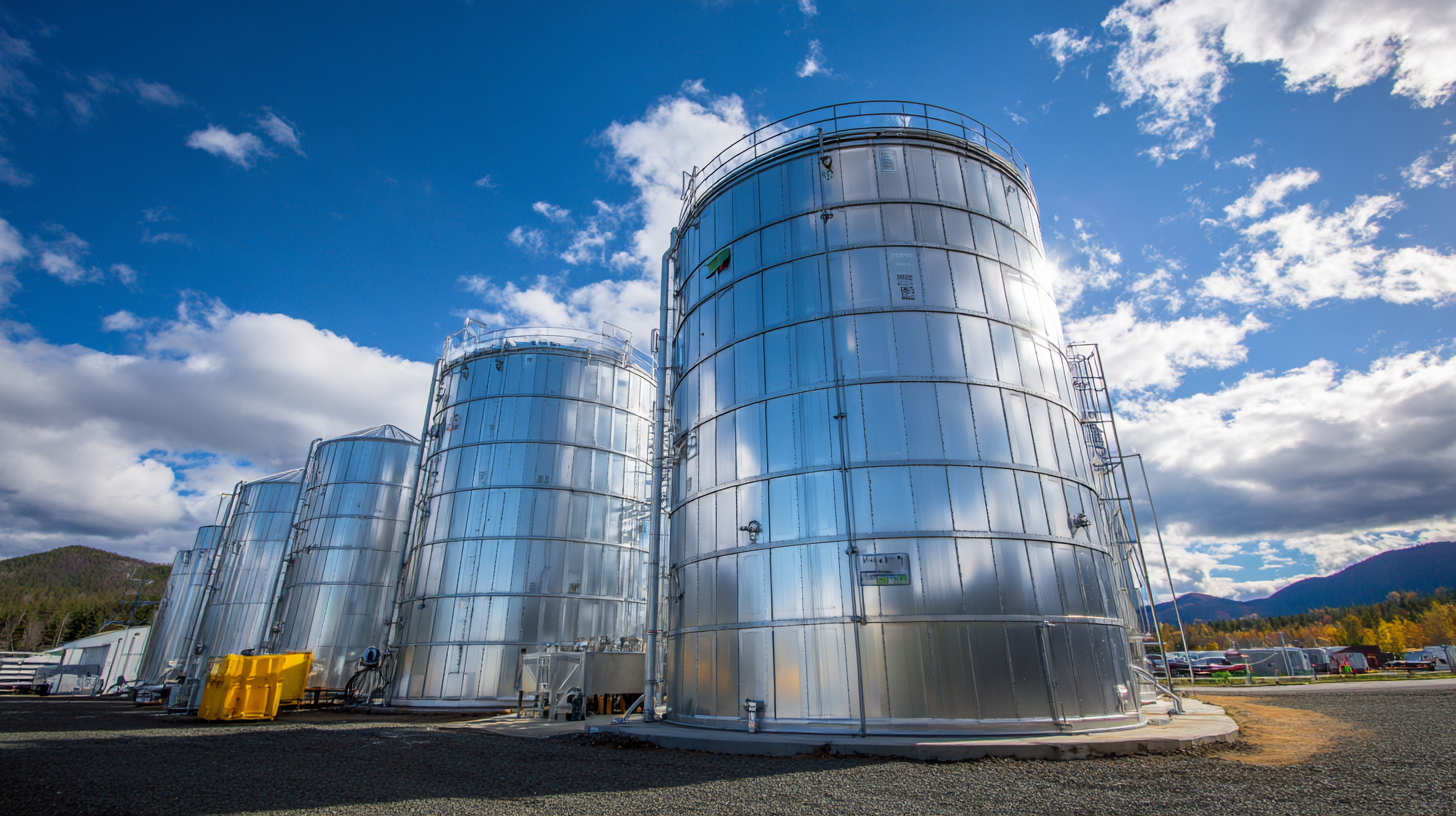
When selecting a water storage tank, understanding the material options is crucial for ensuring durability and safety. Most tanks are made from a range of materials, including plastic, steel, and concrete. According to a report by the Water Quality Association, polyethylene tanks are popular due to their corrosion resistance and lightweight properties. They can last up to 30 years if maintained properly, making them a suitable choice for residential use.
On the other hand, steel tanks offer superior strength and are often used for larger-scale applications. The American Water Works Association highlights that coated steel tanks can last significantly longer than uncoated options, with lifespans extending over 50 years when properly maintained. However, it's essential to consider the risk of rust and corrosion, which can compromise water quality if not addressed with regular inspections. Additionally, concrete tanks provide robustness and can be suitable for underground installations, but they may require sealing to prevent water seepage and contamination.
Choosing the right material ultimately depends on the specific needs and conditions of use, including climate, intended water type, and local regulations. By evaluating the pros and cons of each material, you can make an informed decision that ensures both the longevity and safety of your water storage solution.
When selecting a water storage tank, understanding the size and capacity necessary for your specific usage is crucial. Studies indicate that the average American household uses approximately 300 gallons of water per day, factoring in drinking, cooking, laundry, and bathing needs. Therefore, for residential purposes, a water storage tank with a capacity of at least 1,500 to 2,000 gallons is generally recommended to cover daily consumption while allowing for a buffer during peak usage times.
For commercial applications, requirements can vary significantly, often necessitating larger tanks. For instance, a restaurant can consume between 5,000 to 10,000 gallons per day, depending on its size and customer volume. In such cases, choosing a tank that accommodates this demand alongside local regulations and available space becomes essential. Additionally, reports from the Water and Wastewater Equipment Manufacturers Association (WWEMA) highlight the importance of factoring in growth projections for your usage needs, prompting some businesses to invest in scalable solutions to ensure future capacity can meet increasing demand.
When choosing a water storage tank, the design features play a crucial role in ensuring efficiency and durability. According to the Water Quality and Health Council, proper tank design can improve water quality and reduce contamination risks. For instance, tanks with insulation and UV protection help maintain water temperature and prevent algal growth, which is particularly important in warmer climates. Additionally, selecting a tank made of food-grade materials ensures that leaching chemicals do not compromise water quality.
Another critical design feature is the tank's size and shape, which can affect water pressure and flow rates. A report from the American Water Works Association (AWWA) indicates that taller, cylindrical tanks are often more efficient at maintaining pressure than wider, shorter designs. Furthermore, implementing features such as overflow protection and sediment traps can enhance water storage effectiveness and ensure long-term maintenance ease. By carefully considering these design elements, users can select a water storage tank that not only meets their capacity needs but also promotes safe and efficient water management.
This chart compares the average prices of different water storage tank capacities, helping you to determine the best option for your water storage needs.
When selecting a water storage tank, installation and maintenance considerations play a crucial role in ensuring longevity and efficiency. First, the location of the tank can significantly influence the complexity of its installation. Factors such as accessibility, proximity to existing water lines, and local regulations must all be taken into account. For instance, above-ground tanks generally require a simpler setup compared to underground options, which might involve excavation and more extensive plumbing work.
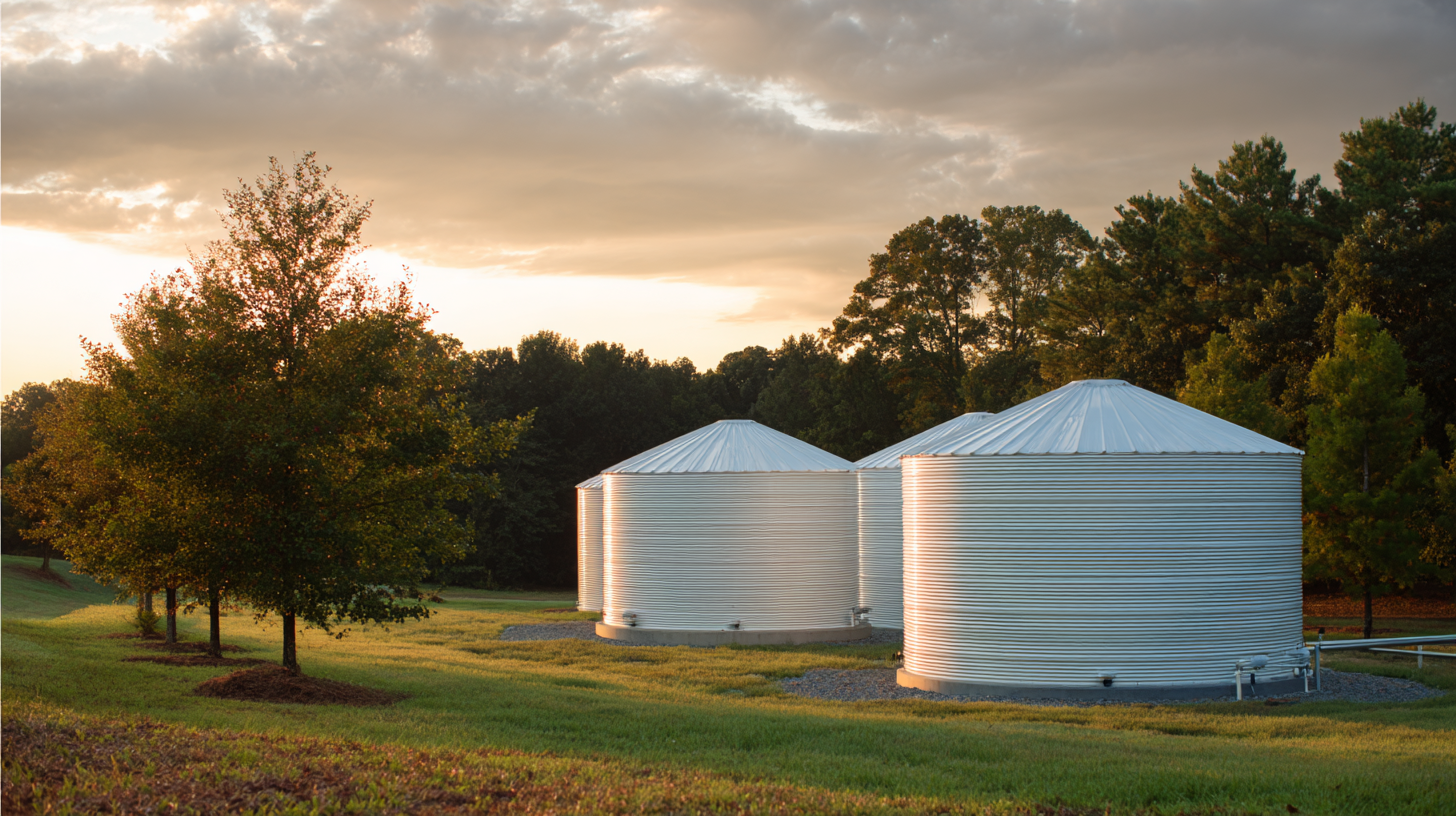
Additionally, the tank's material can affect installation ease; plastic tanks are often lighter and easier to handle than steel or concrete tanks.
Maintenance is another critical factor to consider in your decision-making process. Different types of tanks come with varying upkeep requirements. For example, fiberglass tanks may need less frequent inspections due to their resistance to corrosion, while steel tanks require regular checks for rust and structural integrity. It's essential to assess your own capacity for maintenance; some tanks might demand regular cleaning and monitoring, while others could be relatively low-maintenance. Ultimately, understanding both installation and maintenance needs will guide you to choose a water storage tank that not only meets your immediate requirements but also fits your long-term needs.



